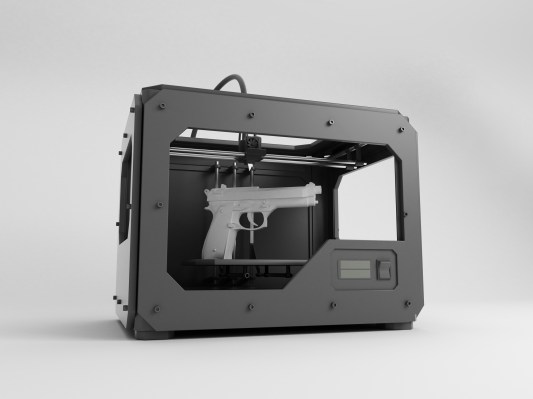Researchers at the University at Buffalo have found that 3D printers have fingerprints, essentially slight differences in design that can be used to identify prints. This means investigators can examine the layers of a 3D printed object and pinpoint exactly which machine produced the parts.
“3D printing has many wonderful uses, but it’s also a counterfeiter’s dream. Even more concerning, it has the potential to make firearms more readily available to people who are not allowed to possess them,” said Wenyao Xu, lead author of the study.
The researchers found that tiny wrinkles in each layer of plastic can be used to identify a “printer’s model type, filament, nozzle size and other factors cause slight imperfections in the patterns.” They call their technology PrinTracker.
“Like a fingerprint to a person, these patterns are unique and repeatable. As a result, they can be traced back to the 3D printer,” wrote the researchers.
This process works primarily with FDM printers like the Makerbot which use long spools of filament to deposit layers of plastic onto a build plate. Because the printers used in 3D printed guns are usually more complex and more expensive there could be less variation in the individual layers and, more importantly, the layers might be harder to discern. However, for some simpler plastic parts could exhibit variations.
“3D printers are built to be the same. But there are slight variations in their hardware created during the manufacturing process that lead to unique, inevitable and unchangeable patterns in every object they print,” said Xu.
